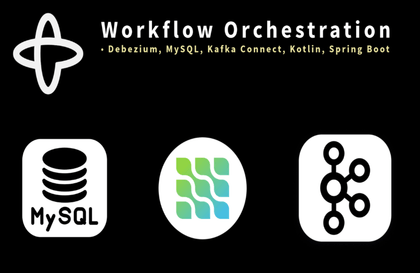
Workflow-Based Large-Scale Traffic Processing Techniques with Kakao Developers (Interviewers)
Hong
How to Handle Explosive Traffic Growth? Learn to build resilient and flexibly scalable architectures through practical design patterns based on EDA (Event-Driven Architecture) using Kafka, Spring, CDC, and Temporal. Explained clearly and simply with real-world experience from Kakao developers, making it understandable even for non-majors. A hands-on focused course covering real-time data flow, event processing, and microservice integration all at once!
입문
Spring, Kotlin, MySQL





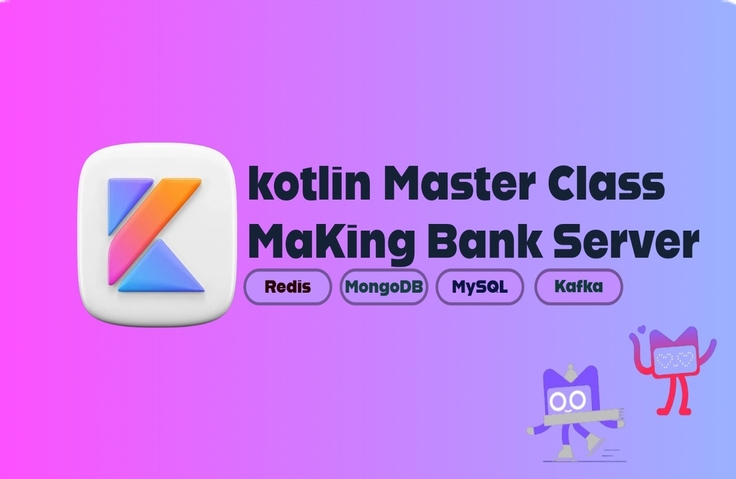
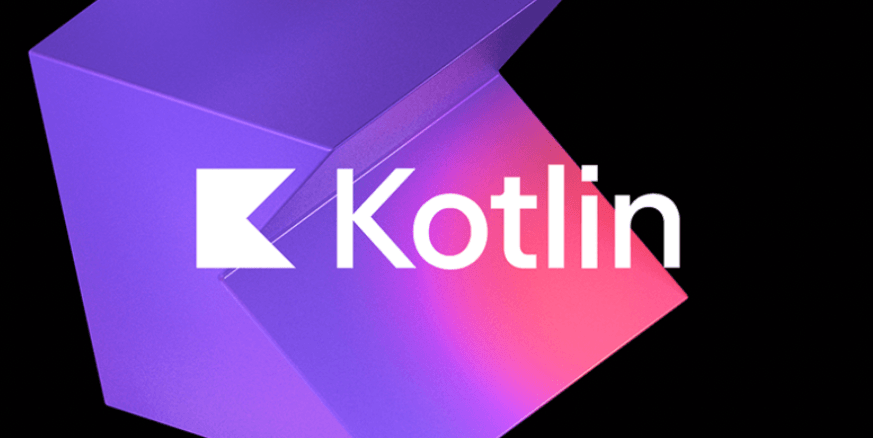
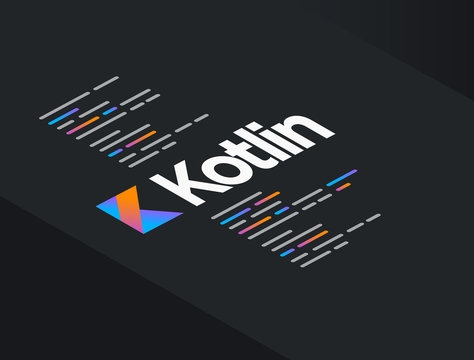
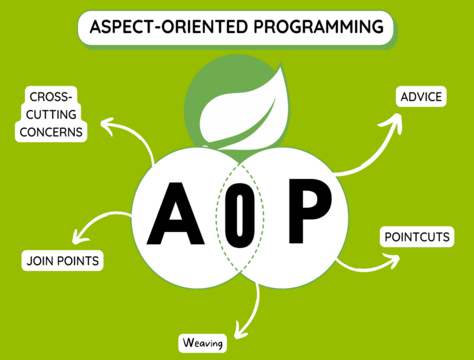



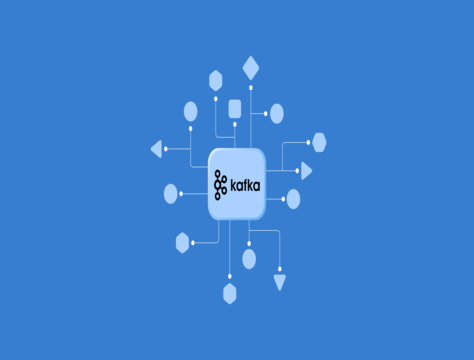




![The Easiest and Most In-Depth Kafka Complete Guide [ By. Non-CS Major & Kakao Developer ]강의 썸네일](https://cdn.inflearn.com/public/files/courses/338158/cover/01k1pxsv0d8sn4zaceaky6y01q?w=420)
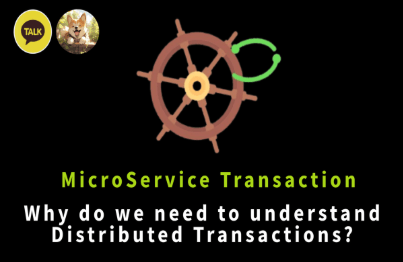


![Core Banking Server Features Implementation with Multi-Module Architecture [ Kotlin & Spring ]강의 썸네일](https://cdn.inflearn.com/public/files/courses/337692/cover/01jx6h8k9xwd55qz59ta1vskrc?w=420)

![The Easiest and Most In-Depth MongoDB Complete Guide [ By. Non-CS Major & Kakao Developer ]강의 썸네일](https://cdn.inflearn.com/public/files/courses/337578/cover/01jwt82r7jn3c9mzybfn00mdnh?w=420)
![How to use Redis effectively, based on my experience working at a large company [Practice]강의 썸네일](https://cdn.inflearn.com/public/courses/335185/cover/c3a4bec6-a4b9-44c9-ab81-f3418d8d6042/335185.jpg?w=420)
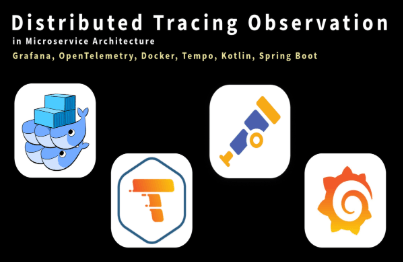
![How to Use Redis Effectively Based on Experience Working at Large Corporations [Theory Edition]강의 썸네일](https://cdn.inflearn.com/public/courses/334948/cover/9474fad2-5148-4e91-a52c-81ecdbed2e9c/334948.jpg?w=420)

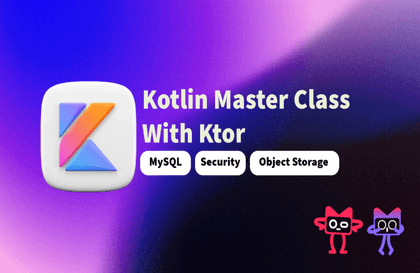



.png?w=420)
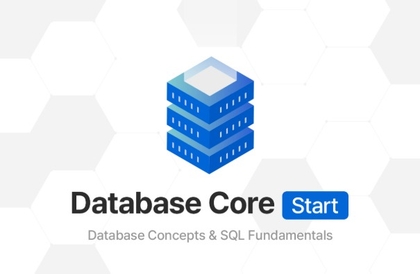
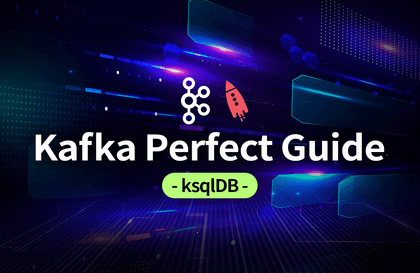

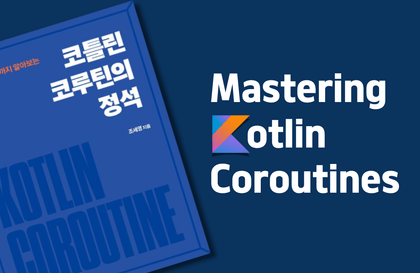
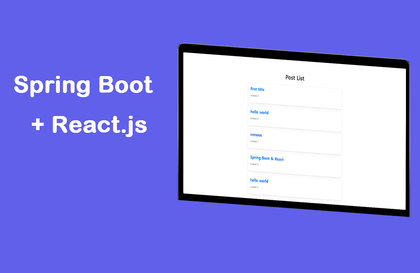
![[A hundred words are not as good as seeing once] Basic SQL for data analysis강의 썸네일](https://cdn.inflearn.com/public/courses/324566/cover/aa1fac55-6e80-4506-9c92-f32c2b65f93a/sql_basic.png?w=420)

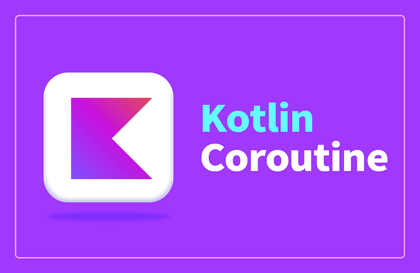

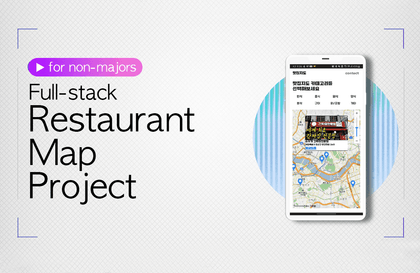
![AI Era Smart SQL Learning [Beginner]강의 썸네일](https://cdn.inflearn.com/public/files/courses/336379/cover/01k163anqmn6qkaarv95ge5tts?w=420)

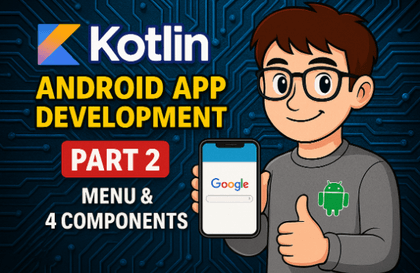
![[Apache Kafka Application Programming] From concepts to consumers, producers, connects, and streams!강의 썸네일](https://cdn.inflearn.com/public/courses/327041/cover/d1e15d56-83e2-464d-866d-09cd80bee4a2/327041-eng-original.png?w=420)